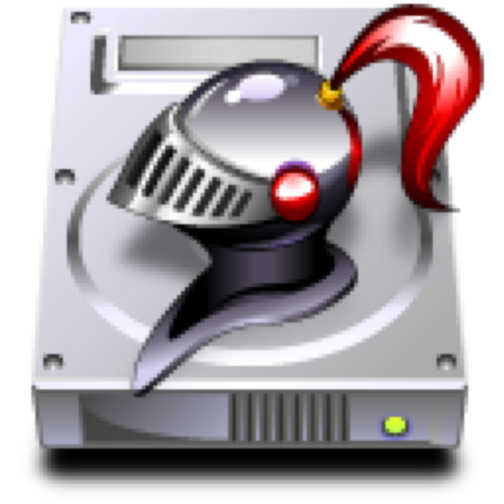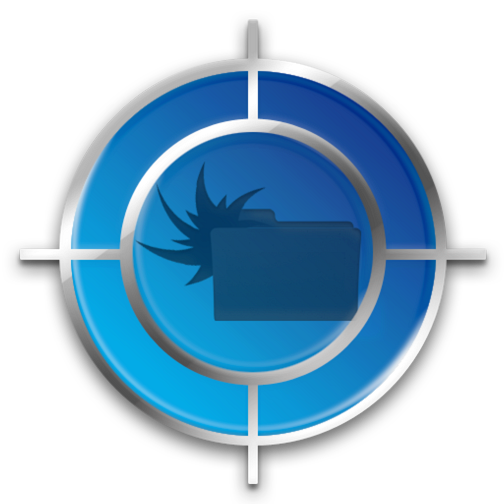Updating Software for Mavericks (or not)

AMITIAE - Sunday 24 November 2013
|
Updating Software for Mavericks (or not) |
 |
|
|
By Graham K. Rogers
Little Snitch Most users are aware of the need for a firewall. It is fairly simple to turn on the one provided with OS X 10.9 using the settings in System Preferences > Security but a firewall is only for checks of probing from outside. There are a number of applications (too many, perhaps) that attempt to send data to external sites.
Most users are aware of the need for a firewall. It is fairly simple to turn on the one provided with OS X 10.9 using the settings in System Preferences > Security but a firewall is only for checks of probing from outside. There are a number of applications (too many, perhaps) that attempt to send data to external sites.
A lot of this is obtrusive. Much is unnecessary. Most is annoying. Some, however, is valuable: for example diagnostics information sent to Apple will have a useful function. It is helpful to know both what is going out and where it is going. I use a utility named Little Snitch and this did need an update for compatibility with OS X 10.9 Mavericks. It is currently at version 3.3.1 (build 4057).
Disk Warrior Inevitably, a disk with an installation of OS X will become corrupt. We may not notice this right away. Some people think that because their computers are working with no problems there is no time bomb ticking away under the surface waiting for the moment that a critical report is due. Another time that potential problems will manifest themselves is after an update to OS X. An update puts a strain on the system and any weaknesses may cause some failure.
Inevitably, a disk with an installation of OS X will become corrupt. We may not notice this right away. Some people think that because their computers are working with no problems there is no time bomb ticking away under the surface waiting for the moment that a critical report is due. Another time that potential problems will manifest themselves is after an update to OS X. An update puts a strain on the system and any weaknesses may cause some failure.
I like to check before any problems appear. OS X now has its own inbuilt capacity to check with the Rescue partition installed on all Macs. This may be accessed using Command + R when restarting a computer. There is then access to a number of repair utilities that can be used to fix some problems. As well as the inbuilt OS X checkes, I favour Alsoft's Disk Warrior and have used this since OS X 10.2, Jaguar. Over the years, this has been updated a number of times, but following the update to Mavericks I see that the last update to version 4.4 may still be used for the latest version of OS X.
ClamXav I do not see a pressing need for a virus checker on OS X as the system itself prevents self-installation (definition of a virus) of any software. The last figures I have seen concerning viruses for OS X, puts the figure at less than 1: the same as it ever was. Systems before OS X were different and then there were reported to be some 80 or 90 viruses.
I do not see a pressing need for a virus checker on OS X as the system itself prevents self-installation (definition of a virus) of any software. The last figures I have seen concerning viruses for OS X, puts the figure at less than 1: the same as it ever was. Systems before OS X were different and then there were reported to be some 80 or 90 viruses.
There are other forms of malware, particularly Trojan Horse software and phishing. An alert user should be able to avoid the many examples of phishing that arrive each week. Trojan Horse malware by its nature is brought into a system by a user who is so attracted by the file carrying the malware, or who is careless as to the consequences. The Trojans learned their lesson the hard way, despite the warnings (Cassandra and Laocoön). Some users have been duped in similar ways: free software and free pornography have been proven to be less attractive after all. There are other delivery mechanisms, but the Trojan Horse requires cooperation of the user to open a file and set the process in motion. There are other attack vectors, which mean that Mac users should not become complacent, although vigilance (and keeping up to date with news of risks) will help greatly. There is virus software for Macs, but most of it just takes up space on a disk. Although I have tried examples of software available for the Mac, I tend to prefer Mark Allen's ClamXav suite - now at version 2.6.1 - partly as this was available quite early on. It can now be downloaded from the Mac App Store or (as ever) can be found on Mark Allen's own site.
Graham K. Rogers teaches at the Faculty of Engineering, Mahidol University in Thailand where he is also Assistant Dean. He wrote in the Bangkok Post, Database supplement on IT subjects. For the last seven years of Database he wrote a column on Apple and Macs. |
|

For further information, e-mail to

|

|